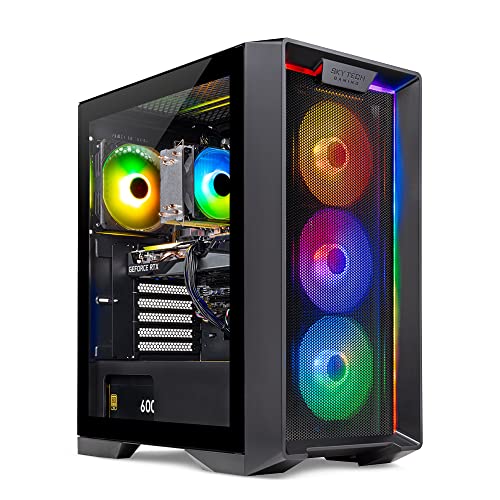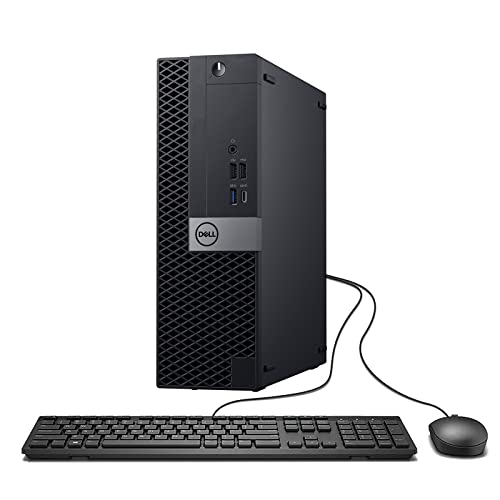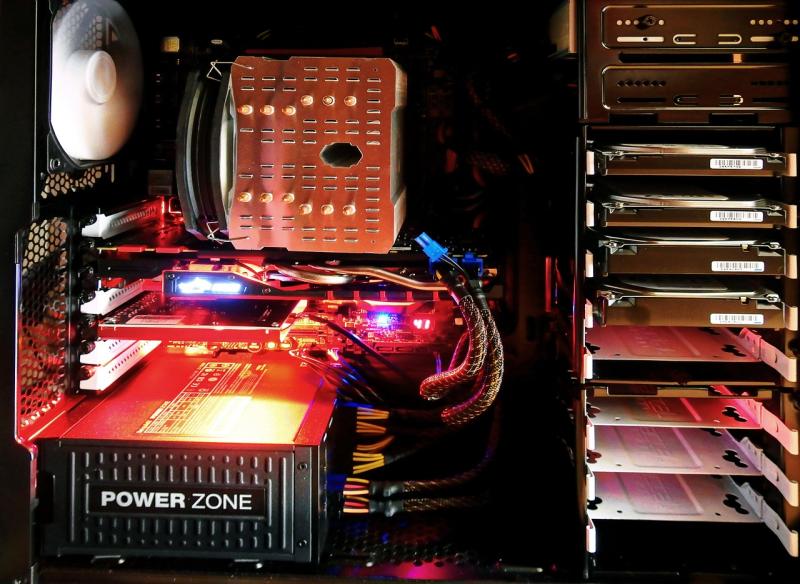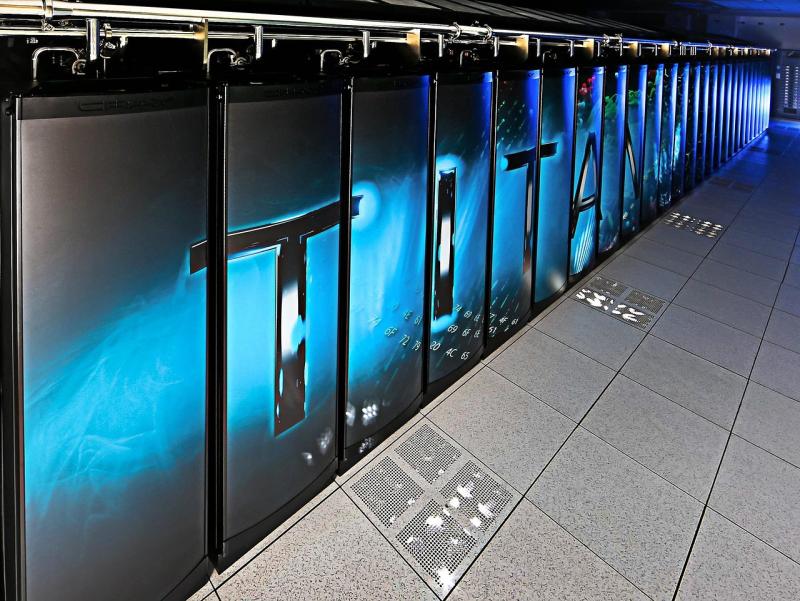BIOS boot issues can halt system startup and jeopardize system reliability. Diagnosing and resolving these problems are critical for maintaining a high‑performance PC’s operational integrity.
Issues such as incorrect boot order, outdated firmware, and hardware detection problems often cause boot failures. Check BIOS settings to ensure that the primary boot device is correctly set. Update firmware to the latest version to address compatibility problems. Test individual components with diagnostic tools to pinpoint faulty hardware.
A systematic approach to troubleshooting BIOS boot issues can restore smooth startup and improve overall system stability. Regular firmware updates and proper BIOS configuration are essential to keep your high performance PC running reliably.
Expert BIOS Boot Troubleshooting Guide: Resolve Boot Order, Firmware & Hardware Issues
BIOS boot issues can grind your high-performance PC to a halt, jeopardizing productivity and risking data loss. From failed POST sequences to unreachable boot devices, diagnosing and resolving these problems is paramount to maintaining system integrity. This exhaustive guide walks you through every aspect of troubleshooting BIOS—from understanding the boot process and common failure points to advanced recovery techniques and preventive best practices.
1. Understanding BIOS & the Boot Process
The Basic Input/Output System (BIOS), or its modern successor UEFI, initializes hardware and launches your operating system. Key stages include:
- Power-On Self Test (POST): Verifies CPU, memory, GPU, and storage devices. Beep codes or debug LEDs indicate hardware issues.
- Boot Device Selection: BIOS scans drives, USB media, and network interfaces based on boot order settings.
- Bootloader Handoff: Control passes to GRUB, Windows Boot Manager, or another bootloader to load the OS kernel.
Failures at any stage manifest as blank screens, error messages, or system halts. A systematic approach to boot failure resolution targets each phase methodically.
2. Common BIOS Boot Issues
Recognizing typical problems speeds up resolution:
- Incorrect Boot Order: The system attempts to boot from non-bootable devices (e.g., USB stick, empty DVD tray).
- Outdated Firmware: Early BIOS versions can lack support for new CPUs, NVMe drives, or large capacity disks.
- Hardware Detection Failures: Loose cables, failed RAM, or malfunctioning storage controllers prevent device initialization.
- Corrupted CMOS Settings: Bad overclock profiles or power glitches can corrupt BIOS data, leading to erratic behavior.
- Secure Boot Misconfigurations: UEFI Secure Boot blocking unsigned OS loaders.
3. Pre-Troubleshooting Checklist
Before diving into BIOS menus, perform these quick checks:
- Verify power cables and front-panel headers are firmly connected.
- Listen for beep codes or observe motherboard debug LEDs.
- Disconnect non-essential USB devices to rule out peripheral conflicts.
- Ensure your monitor is powered on and connected to the correct video output.
4. Verifying Boot Order & Mode
Misconfigured boot order is the most common cause of BIOS boot issues. To correct it:
- Enter BIOS/UEFI setup (Del, F2, or F10 during POST).
- Navigate to Boot or Startup settings.
- Ensure your primary SSD/HDD is listed first under Boot Priority.
- Disable unused devices (USB, network PXE) to speed up POST.
- Choose UEFI or Legacy/CSM mode consistently for all drives.
Save changes, reboot, and confirm the PC proceeds through POST into your OS.
5. Performing a BIOS Firmware Update
Updating your BIOS firmware resolves compatibility issues and unlocks new features:
- Download the latest BIOS/UEFI file from your motherboard manufacturer’s website.
- Create a FAT32-formatted USB drive and copy the firmware file.
- Enter BIOS and launch the built-in flashing utility (EZ Flash, Q-Flash, or similar).
- Select the firmware file and initiate the update—do not power off or reboot until complete.
- After flashing, load Optimized Defaults and reconfigure any custom settings.
Keeping BIOS up to date is a cornerstone of system stability and support for new hardware.
6. Hardware Diagnostics & Component Testing
When firmware and boot order aren’t the culprit, isolate faulty hardware:
- Memory Tests: Use MemTest86 or built-in UEFI diagnostics to check RAM modules.
- Storage Checks: Run manufacturer SSD/HDD diagnostics (CrystalDiskInfo, SeaTools).
- GPU/CPU Diagnostics: Remove discrete GPU and test with onboard graphics; check CPU heatsink seating.
- Beep Codes & LED Indicators: Consult your motherboard manual to interpret error codes.
Swap suspect components one at a time to pinpoint the failure. Proper hardware diagnostics prevents unnecessary replacements and downtime.
7. CMOS Reset & Backup Strategies
Corrupted BIOS settings can cause boot loops or lockouts. To clear CMOS:
- Power down and unplug your PC.
- Locate the CMOS jumper on the motherboard (or remove the coin-cell battery).
- Move the jumper to the clear position for 5–10 seconds, then return it.
- Reinstall the battery if removed, plug in, and power on.
After reset, re-enter BIOS, load defaults, and re-apply custom BIOS configuration settings. Regularly export and save BIOS profiles to USB for quick restoration.
8. Advanced BIOS Recovery Techniques
Some motherboards feature dual BIOS chips or crash-free recovery:
- Dual BIOS: Failover to secondary BIOS if primary is corrupted.
- USB BIOS Flashback: Update BIOS without CPU or RAM installed.
- BIOS Rescue Mode: Automatically detect and recover a bad BIOS image.
Consult your motherboard manual for recovery button locations and LED indicators for streamlined boot failure resolution.
9. BIOS Configuration Best Practices
- Disable unused controllers (RAID, serial ports, onboard audio) to reduce boot complexity.
- Enable Fast Boot only after stability is proven.
- Set secure passwords for BIOS access to prevent unauthorized changes.
- Document any custom overclock or power-limit settings separately for easy recovery.
Adhering to these guidelines enhances both PC startup speed and long-term reliability.
10. Preventive Maintenance & Long-Term Reliability
Keep your system rock-solid by implementing:
- Firmware Update Schedule: Check for BIOS updates quarterly or with each major hardware upgrade.
- CMOS Battery Replacement: Swap the coin-cell every 3–5 years to prevent BIOS resets.
- ESD Precautions: Use anti-static wrist straps when handling motherboard or components.
- UPS Protection: Shield against brownouts and power surges that can corrupt BIOS.
11. Frequently Asked Questions (FAQs)
- How often should I update my BIOS?
- Update when adding new hardware or when a critical security/fix is released—typically every 3–6 months.
- What is the difference between Legacy BIOS and UEFI?
- UEFI supports GPT disks larger than 2 TB, secure boot, and graphical interfaces, while Legacy BIOS is limited to MBR and basic text menus.
- My PC powers on but doesn’t POST—what now?
- Check for beep codes, reseat RAM and GPU, clear CMOS, and verify power connections. If all else fails, test with minimal hardware.
- Can a failed BIOS update brick my motherboard?
- Yes—use dual BIOS or USB BIOS Flashback if available. Always follow manufacturer instructions precisely.
- Why does my system ignore my SSD in BIOS?
- Ensure the drive is correctly connected (SATA/PCIe), enabled in BIOS, and formatted with a compatible partition table (GPT for UEFI).
12. Conclusion
Tackling BIOS boot issues demands a clear, methodical process: verify boot order, keep firmware updated, perform thorough hardware diagnostics, reset CMOS when necessary, and leverage advanced recovery features. By following BIOS configuration best practices and preventive maintenance routines, you’ll ensure fast, reliable PC startup and rock-solid system stability—so your high-performance PC remains ready for any task.
Ready to troubleshoot your BIOS like a pro? Explore our online store’s selection of diagnostic tools, replacement CMOS batteries, and professional motherboard services to keep your system kicking without fail.







